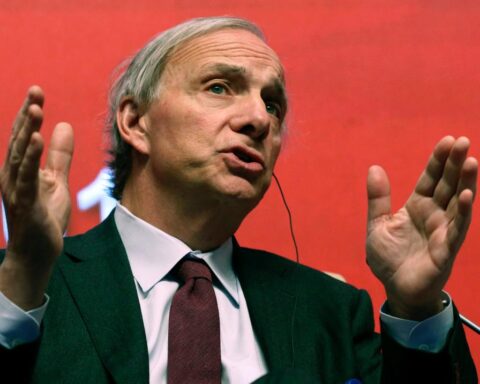The safety investigation into the recent blowout incident involving a brand-new Boeing 737 MAX 9 jet centers on a dual fuselage installation process at both Spirit AeroSystems in Wichita, Kansas, and Boeing’s factory outside Seattle. The complexity of the installation raises questions about potential flaws in either manufacturing facility.
Spirit AeroSystems, the aerospace supplier, manufactured and installed the fuselage part on the 737 MAX 9, which suffered the blowout. The fuselage was sent semi-rigged to Boeing’s plant for further completion.
Boeing’s Completion Process:
As part of the usual completion process, Boeing removes non-functioning doors or additional structures and loads interiors before reassembling and completing the installation. This process involves pressuring the hull to 150% to ensure everything functions correctly.
The 737 MAX 9 includes optional doors that carriers may choose based on their desired seating layout. Most airlines opt for a layout without the additional door, and it is deactivated before delivery using a “plug.”
Investigation Challenges and Potential Flaws:
The investigation will examine whether any flaws occurred during the manufacturing process at Spirit AeroSystems or Boeing’s completion process. The dual-tier installation complicates pinpointing the origin of any issues, making it challenging for investigators to determine the cause definitively.
The aviation industry commonly uses door plugs or fill-in structures to adapt aircraft for flexible layouts. These optional features have been utilized for years to accommodate various seating configurations.
Structural Experts and Investigation Focus:
Structural experts will play a key role in the investigation to assess whether design or manufacturing played a role in the blowout incident. The assumption is that an incorrect installation or rigging may have led to the safety scare.
Boeing and Spirit AeroSystems declined to comment on specific industrial processes as the investigation details remain confidential. The focus remains on understanding the cause of the incident and ensuring safety measures for the 737 MAX 9 fleet.




















